Five years at Princess Elisabeth Antarctica
To celebrate Princess Elisabeth Antarctica's fifth birthday, we've put together this gallery of images that look back on five years of innovation and hard work. From the construction of the station, to the science carried in the field and the logistics and support operations.
-
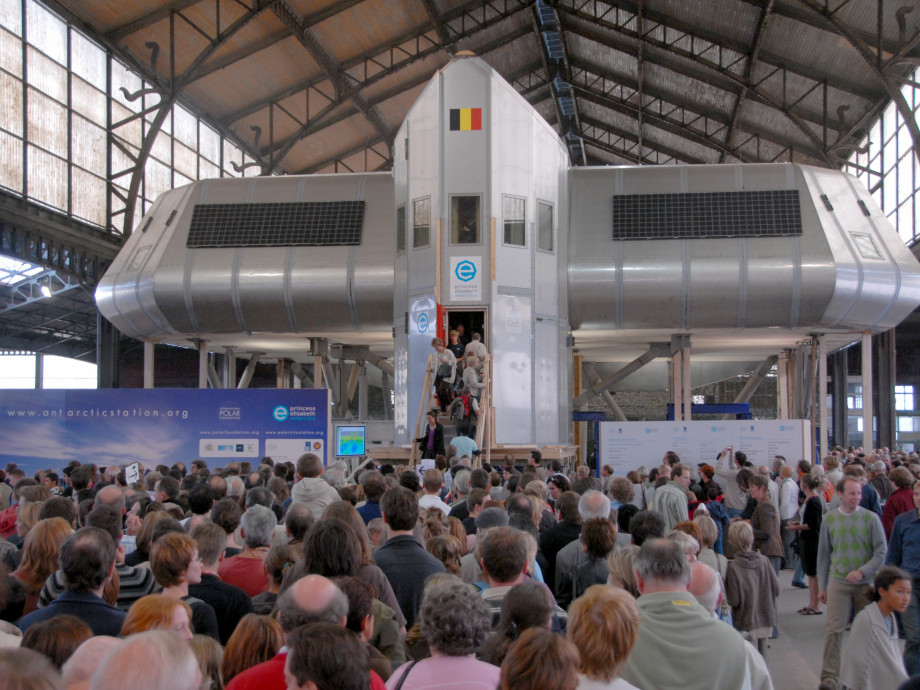
Pre-assembly in Brussels
Pre-assembly of Princess Elisabeth Antarctica at Tour & Taxis, Brussels, in September 2007. More than 30,000 people came to see the station in just three days.
© International Polar Foundation
-

Metal Struts
The metal struts that support Princess Elisabeth Antarctica await the installation of the base of the main building.
© International Polar Foundation - René Robert
-
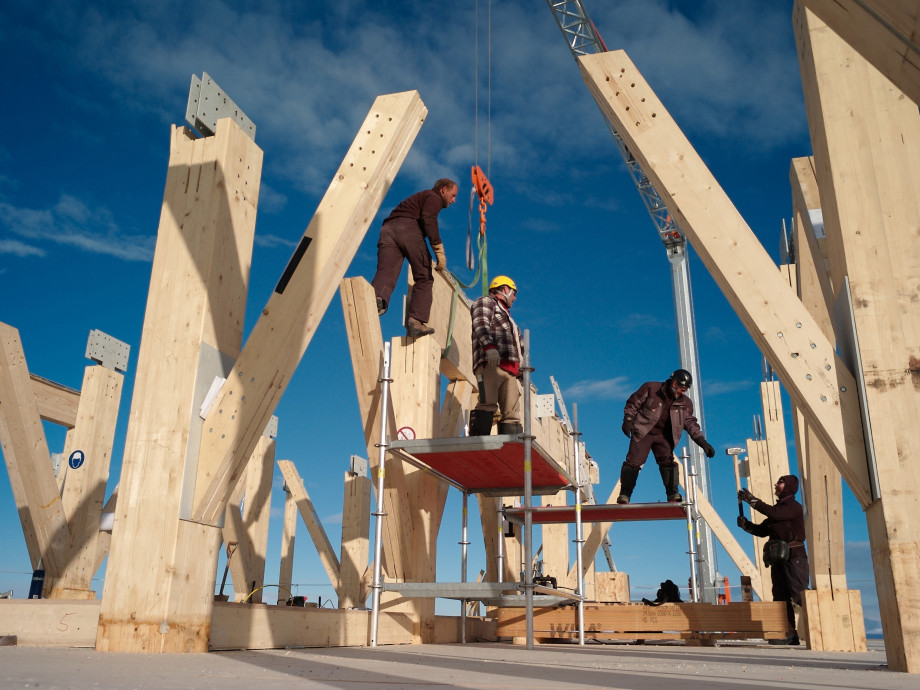
Wooden structure
The wooden structure that is integral to the main building at Princess Elisabeth Antarctica.
© International Polar Foundation - René Robert
-
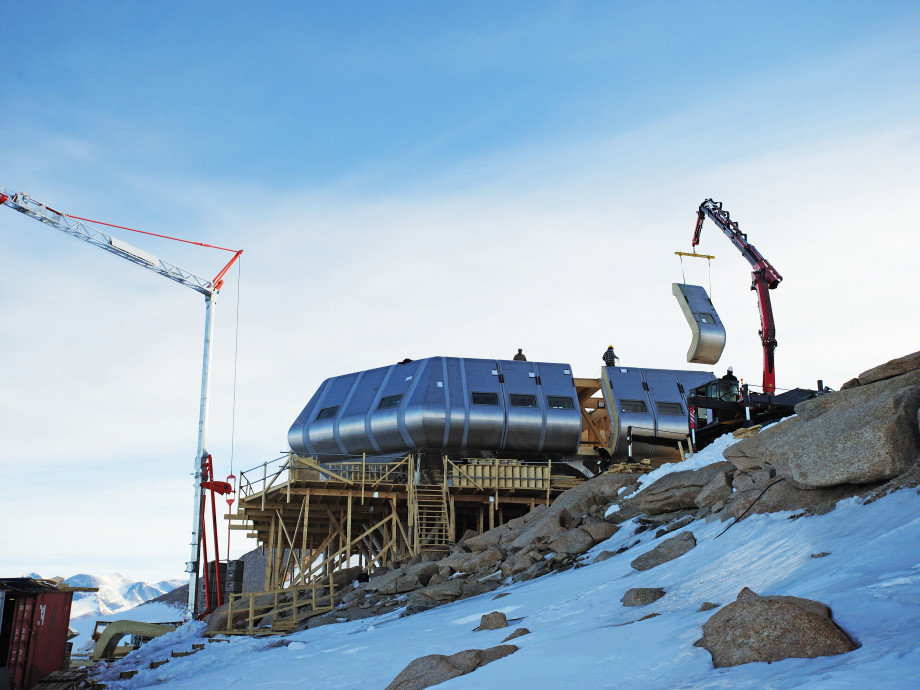
The outer layer
Modules arriving to complete the station's outer layer.
© International Polar Foundation - René Robert
-
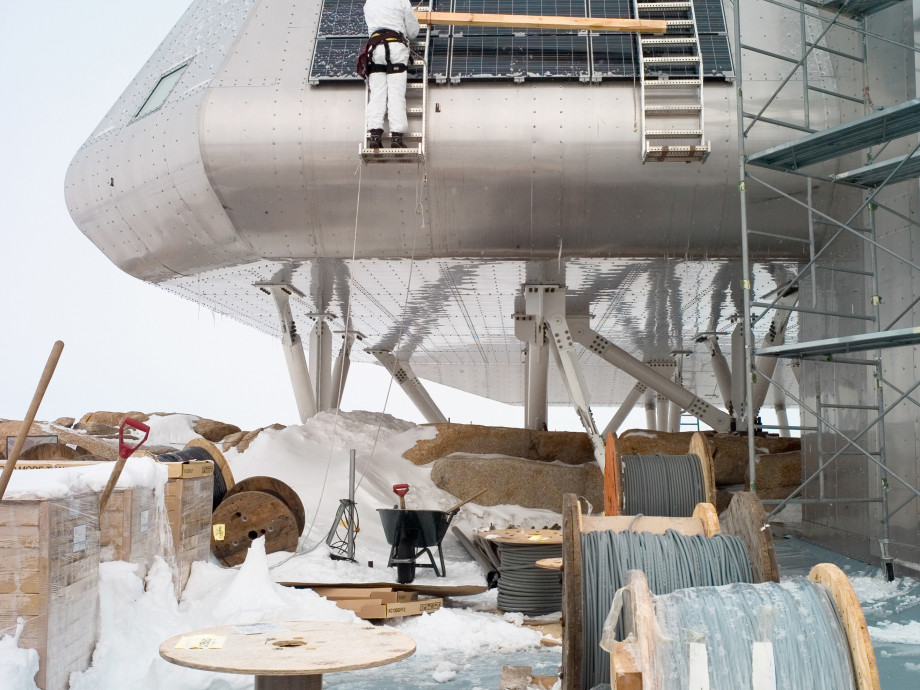
Solar panels
Installing the photovoltaic solar panels on the main building of Princess Elisabeth Antarctica.
© International Polar Foundation - René Robert
-
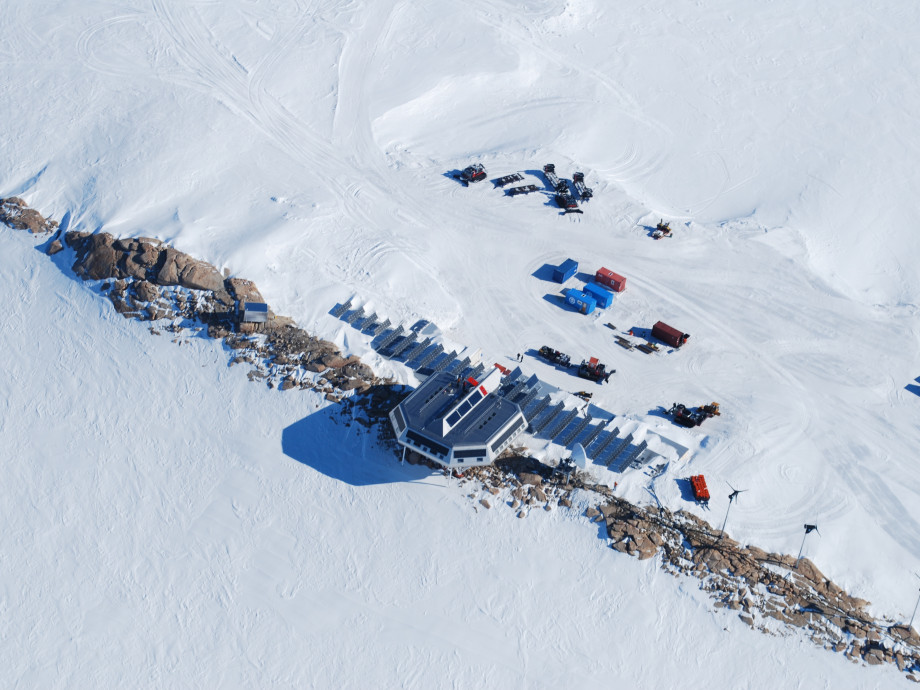
Aerial view of Princess Elisabeth Antarctica
Aerial view of Princess Elisabeth Antarctica on top of the Utsteinen ridge. Solar panels, wind turbines and the sattelite dish are all clearly visible.
© International Polar Foundation - René Robert
-
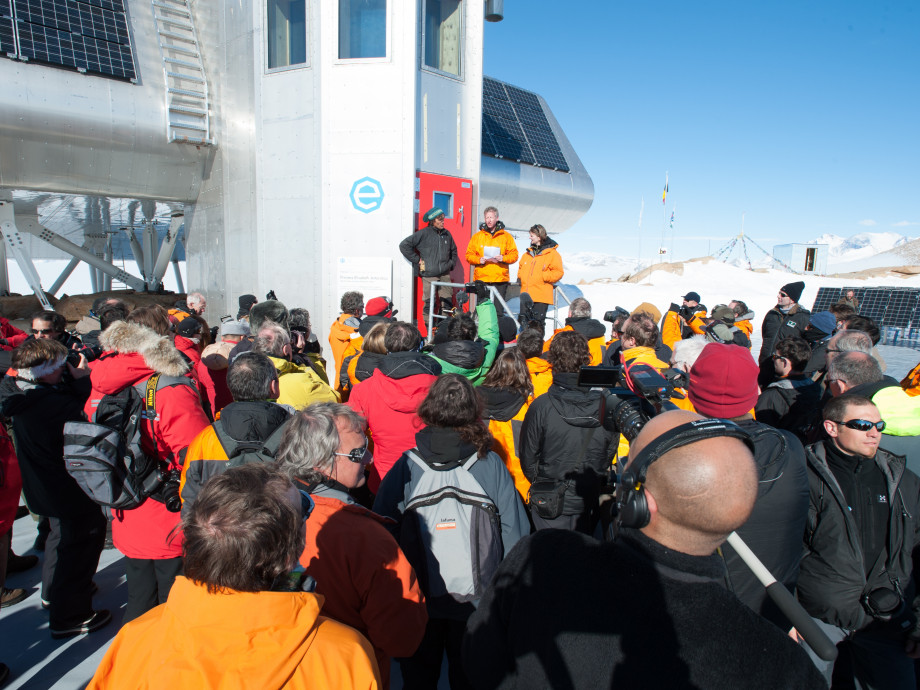
Inauguration of the station in Antarctica on the 15th of February 2009
Inauguration of the station in Antarctica on the 15th of February 2009, in the presence of Ministers Sabine Laruelle and Pieter de Crem.
© International Polar Foundation - René Robert
-
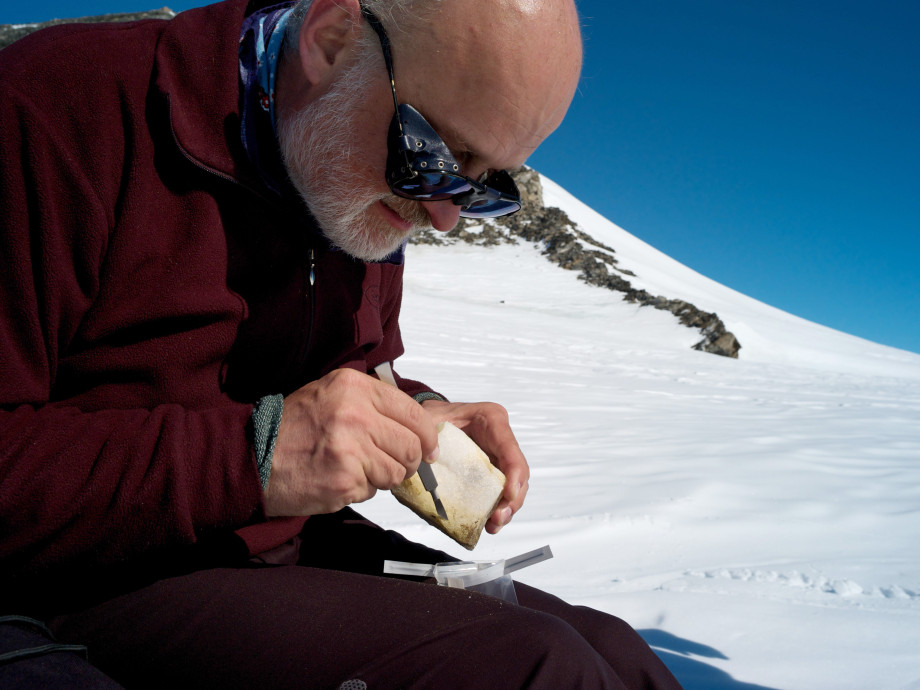
Microorganisms thrive around the Princess Elisabeth Antarctica.
Microorganisms thrive around Princess Elisabeth Antarctica. The aim of the BELDIVA project is to explore the microbial diversity within a 200 km radius around the station.
© International Polar Foundation - René Robert
-
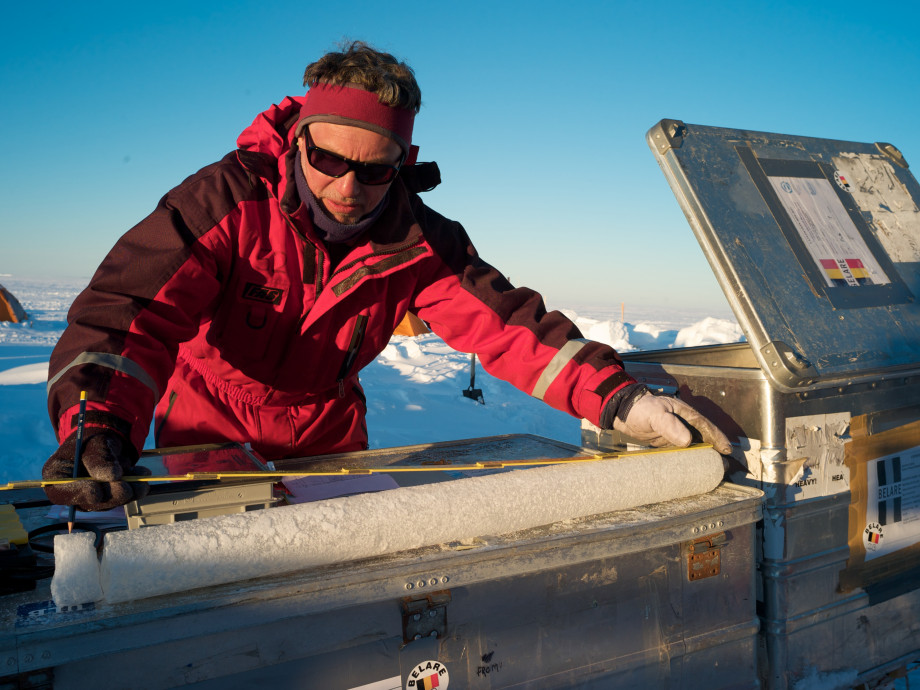
Measuring ice cores
Jean-Louis Tison (ULB) measuring an ice core during the BELARE 2010-2011 expedition.
© International Polar Foundation - René Robert
-
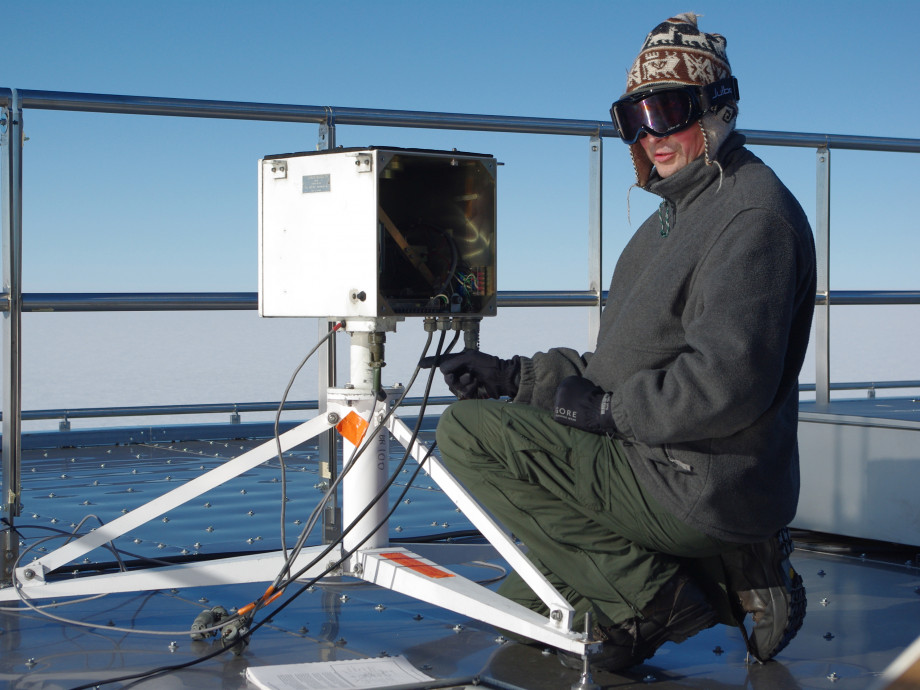
SAMBA and MICROMETA
SAMBA and MICROMETA: By collecting and studying ice-preserved meteorites, scientists participating in these international research projects hope to better understand the evolution of the solar system and the planets.
© International Polar Foundation - René Robert
-
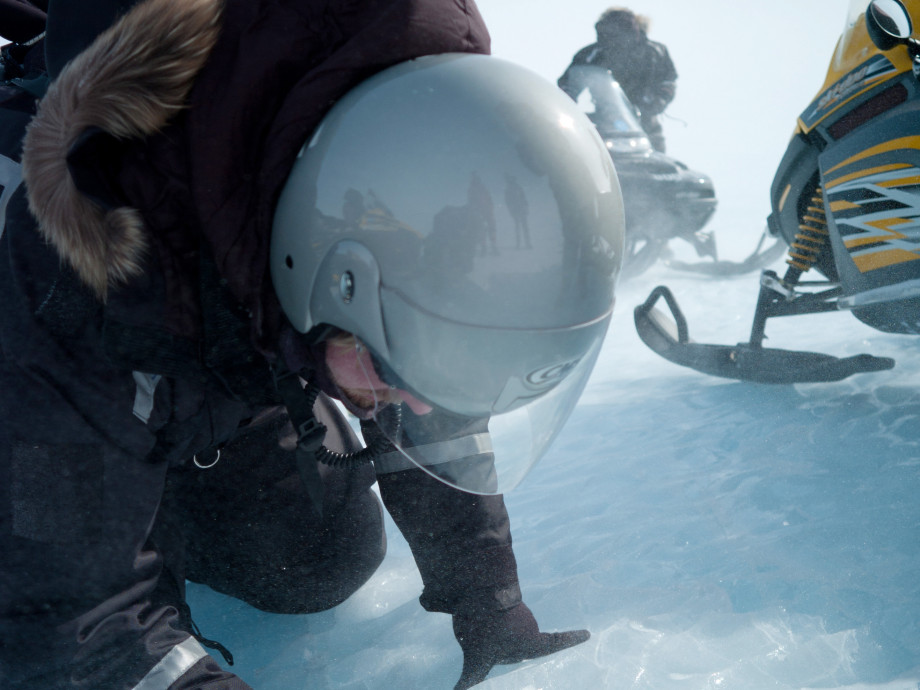
BELATMOS
BELATMOS observes the composition and chemistry of the atmosphere at the Princess Elisabeth Antarctica with the aim of monitoring ozone and related trace gases, UV radiation and aerosol particles.
© International Polar Foundation - René Robert
-
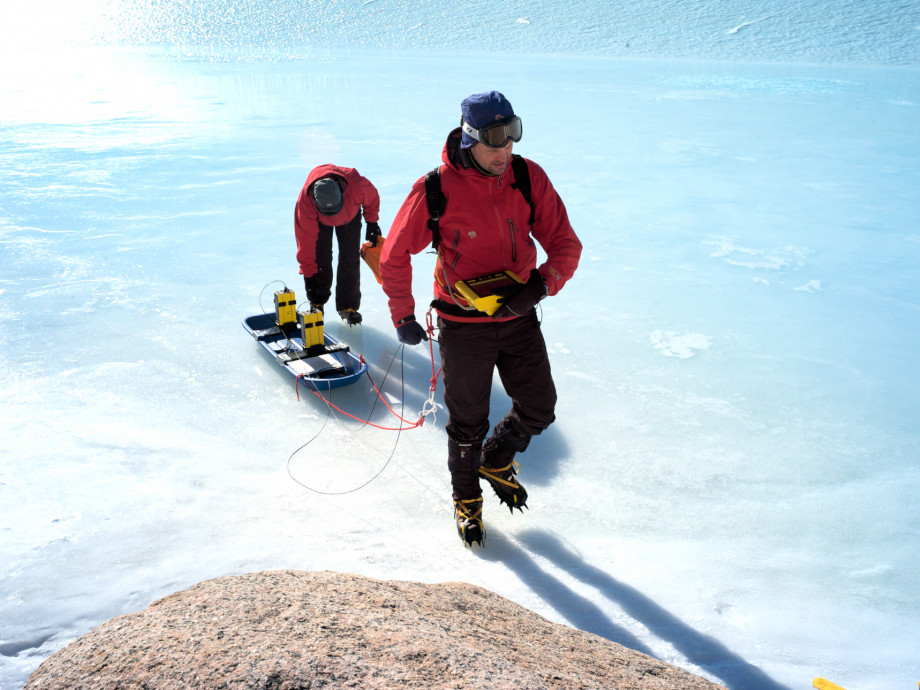
DELAQUA
DELAQUA project: by using biological indicators (pigments and organic material in lake sediment cores) scientists aim to assess the impact of climate and environmental changes on Antarctic organisms.
© International Polar Foundation - René Robert
-
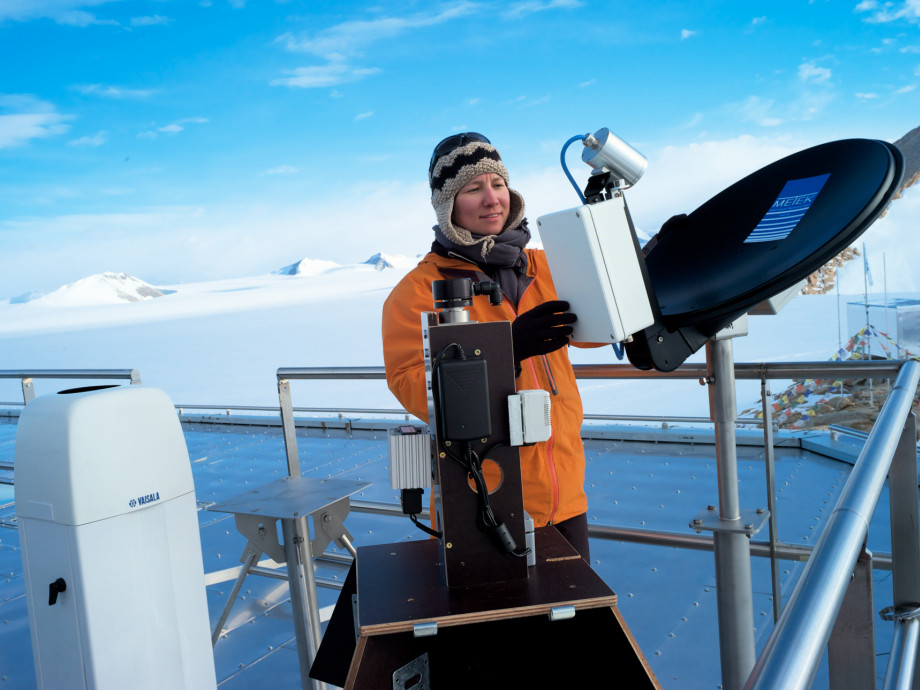
HYDRANT
HYDRANT aims at investigating the atmospheric part of the Antarctic hydrologic cycle from moisture evaporation and cloud formation to snowfall.
© International Polar Foundation - René Robert
-
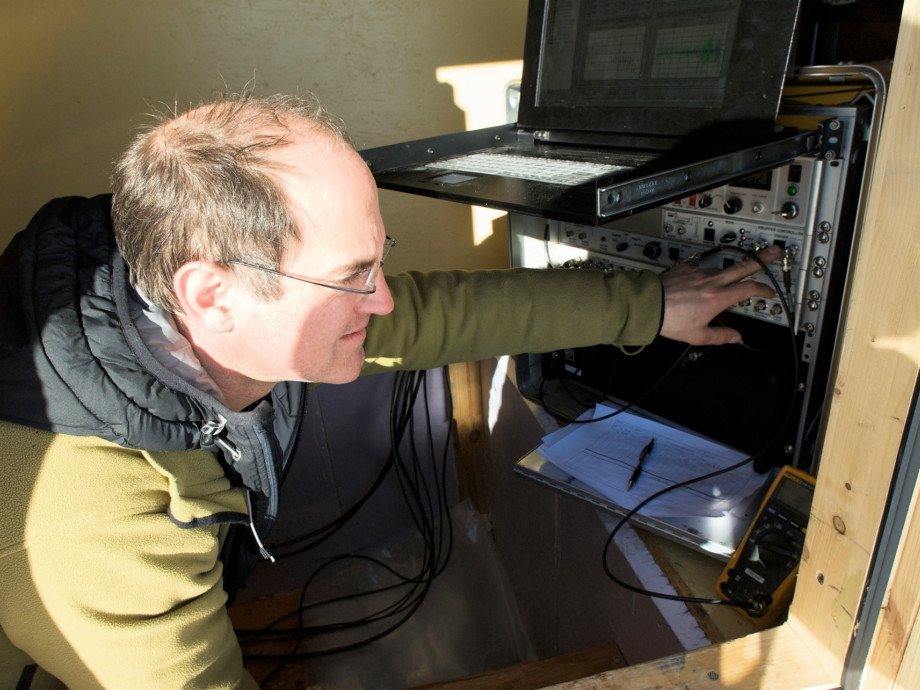
GIANT
The GIANT project combines GPS data, gravimetry and seismology techniques to trace horizontal and vertical deformations of the Earth’s surface with the aim of studying the relation between these and the ice mass variations.
© International Polar Foundation - René Robert
-
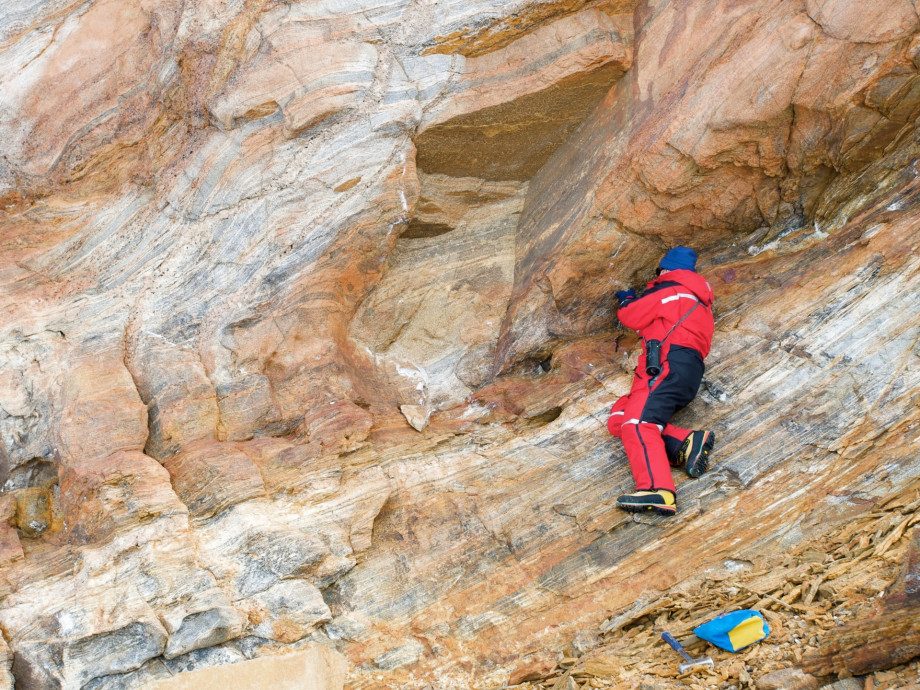
German scientists from BGR
German scientists from the BGR project at the Alfred Wegener Institute carried out a geological investigation of the area around Princess Elisabeth Antarctica to find signs of the Gondwana formation ~500 million years ago, and of its break-up, ~180 million years ago.
© International Polar Foundation - René Robert
-
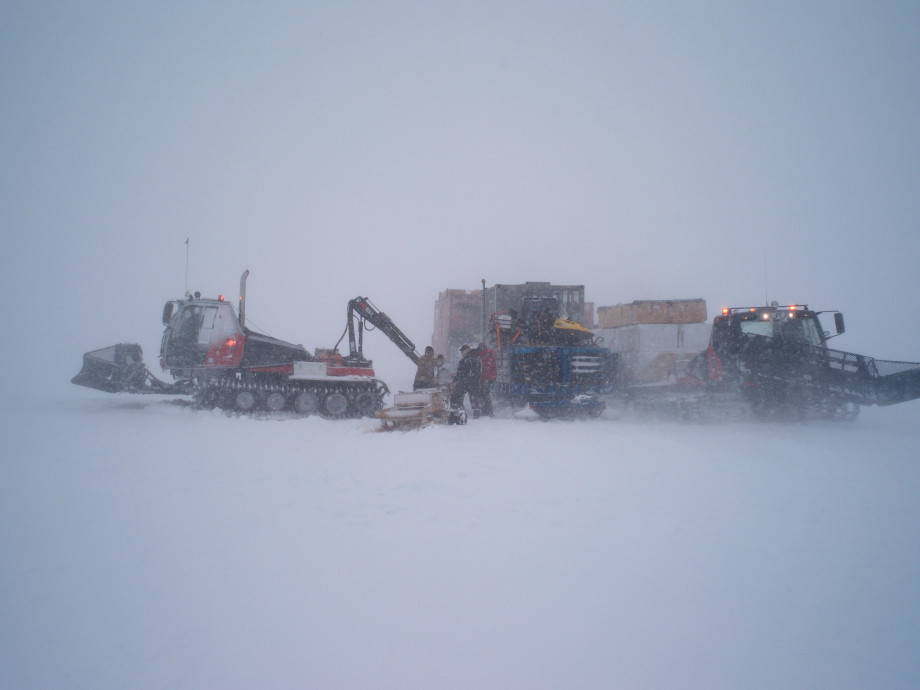
Bad weather
Bad weather during a traverse from the coast to Princess Elisabeth Antarctica.
© International Polar Foundation - René Robert
-
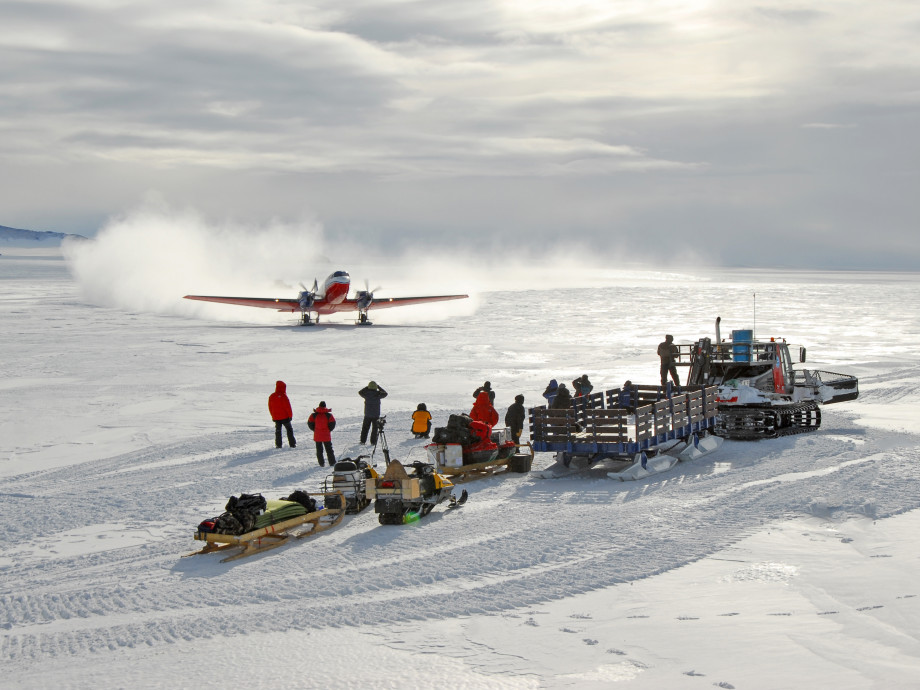
Bassler DC3
Bassler DC3 aircraft landing at Utsteinen, near Princess Elisabeth Antarctica.
© International Polar Foundation - René Robert
-
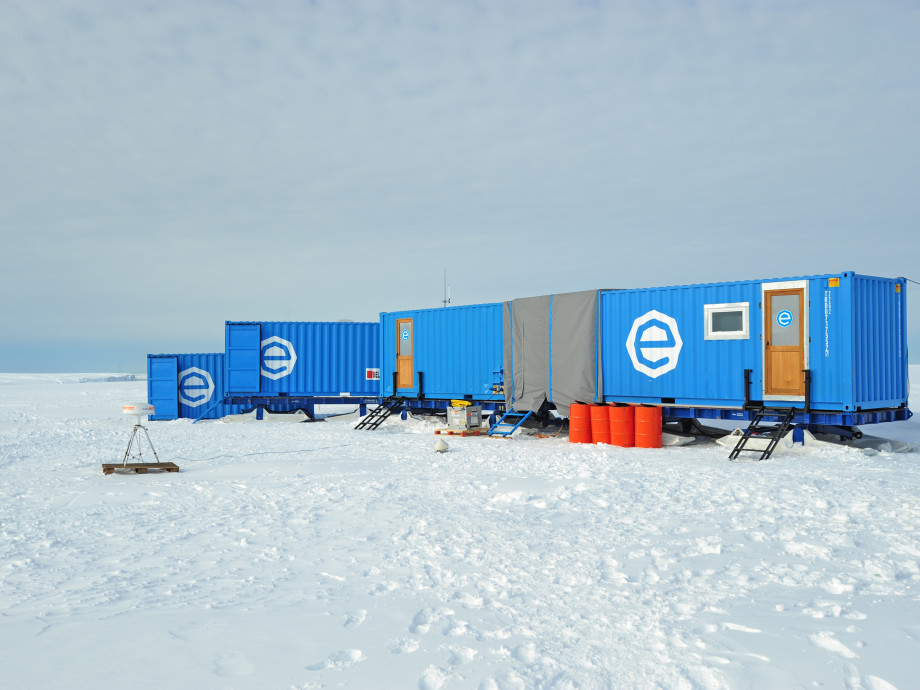
Going Mobile
Mobile labs and accommodation containers are used for long scientific missions in the field, far away from Princess Elisabeth Antarctica.
© International Polar Foundation - René Robert
-
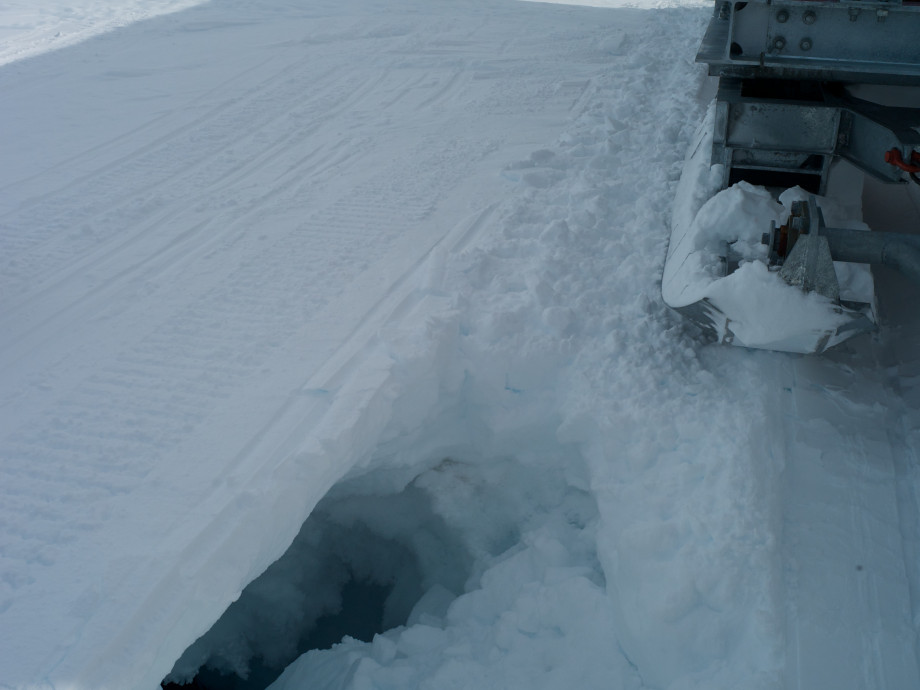
Scouting for crevasses
Scouting for crevasses and securing the way is a job for field guides when in the field.
© International Polar Foundation - René Robert
-
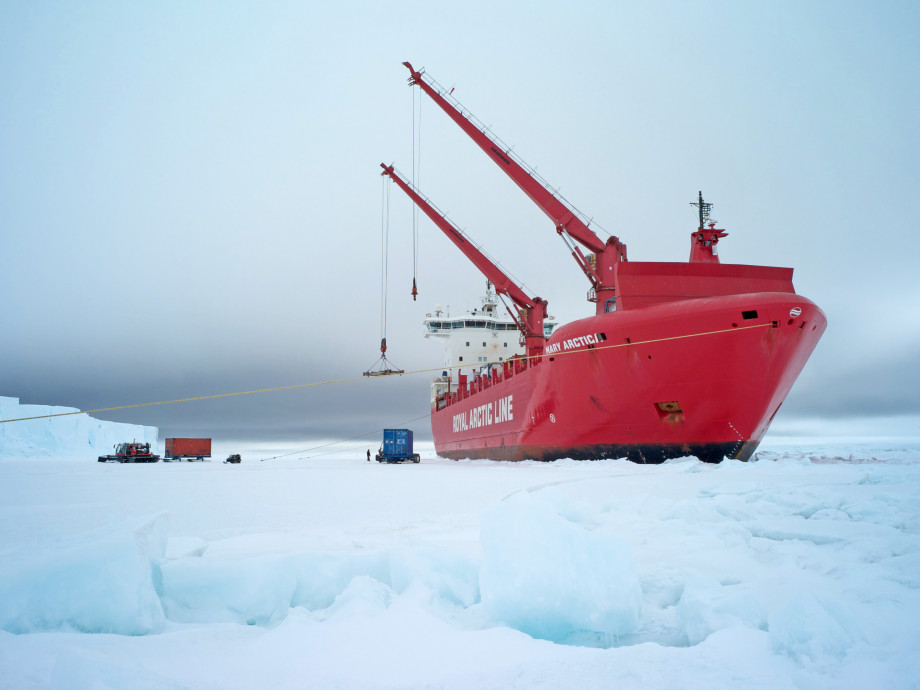
Unloading operations
Unloading operations are amongst the most test tasks during the season at Princess Elisabeth Antarctica.
© International Polar Foundation - René Robert
-

A convoy of Prinoth tractors
A convoy of Prinoth tractors during one of the 200km traverses from Princess Elisabeth Antarctica to the coast.
© International Polar Foundation - René Robert
